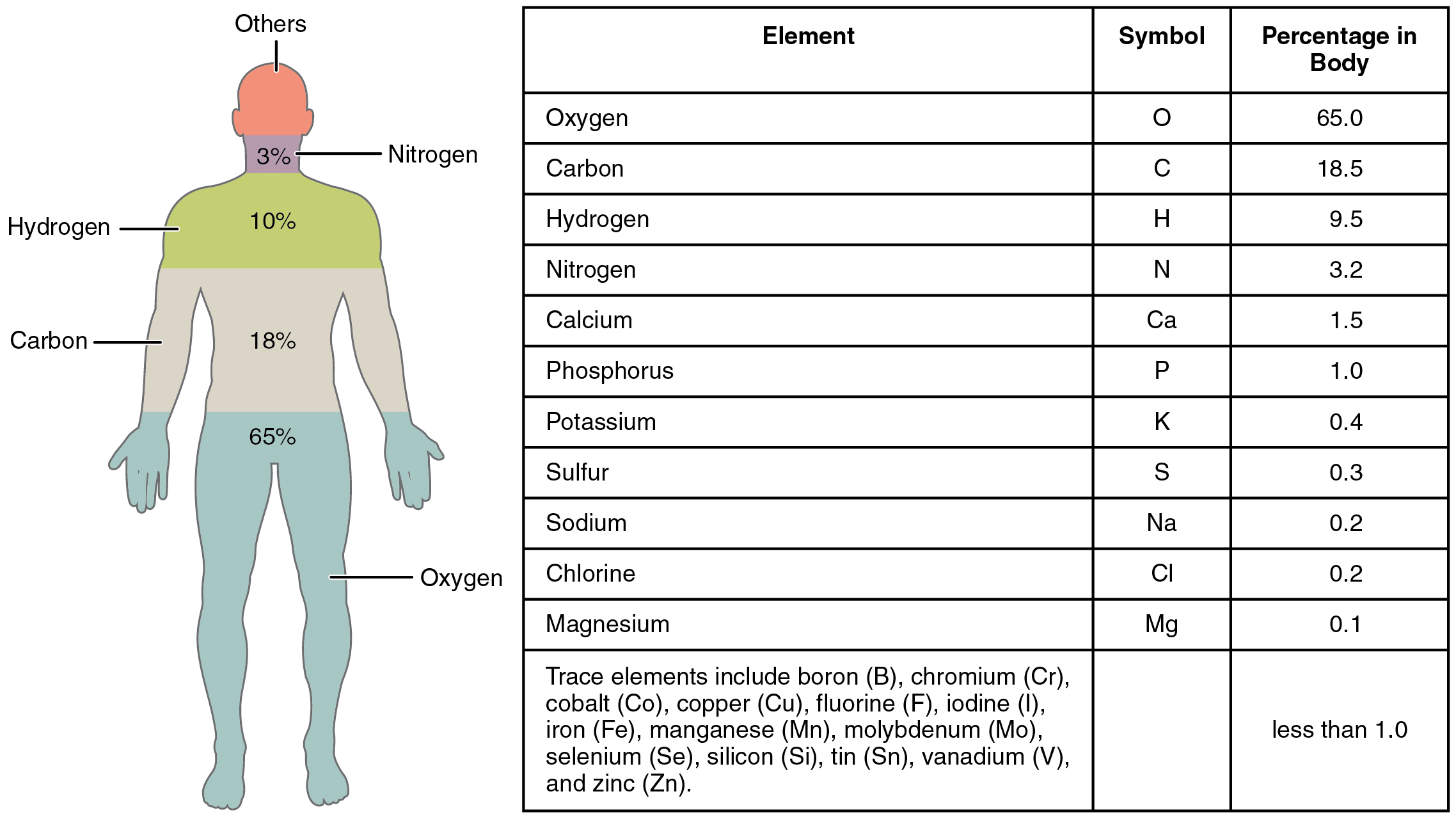How can I make a sodium atom model?
So now you've become a sodium ion. You have ten electrons. That's the same number of electrons as neon (Ne). But you aren't neon. Since you're missing an electron, you aren't really a complete sodium atom either. As an ion you are now something completely new. Your whole goal as an atom was to become a 'happy atom' with completely filled.
1 Answer
We draw atomic structures for any element with the help of atomic number they have. So, if you want to draw atomic structure for sodium first of all you should know the atomic number for sodium.
Atomic number of sodium is 11. Atomic number of any element refers to the number of electrons in an atom of that element they are having.
STEP 1. Always write the atomic number of the element first. Once you know its atomic number you know the number of protons and electrons in it. As in every stable atom the number of protons is equal to the number of electrons. Therefore, now you know the number of electrons too.
STEP 2. Do the electronic configuration for the atom of the element. We always do electronic configuration for the number of electrons present in the atom of the element. The number of elecrons each shell of an element can old is given by
- For the element of SODIUM, you already know that the atomic number tells you the number of electrons. That means there are 11 electrons in a sodium atom. Looking at the picture, you can see there are two electrons in shell one, eight in shell two, and only one in shell three. ► More about the history and places to find sodium.
- Sodium-23 atom is the stable isotope of sodium with relative atomic mass 22.989770, 100 atom percent natural abundance and nuclear spin 3/2. A member of the alkali group of metals. It has the atomic symbol Na, atomic number 11, and atomic weight 23. Medical Subject Headings (MeSH).
Atomic Number:- 11
Number of protons:- 11
Number of electrons:- 11
Electronic configuration:- K - 2, L-8, M-1
How do we know how many eletrons should be added to the first shell?
How many electrons should be added in the shell is given by
So, for counting the number of lectrons in the first shell we again apply the rule as:-
Here we multiplied 1 with 2 because we are calculating the number of electrons in the first shell.So, you can calculate the number of electrons for upcoming shells too.
Related questions
It is often useful to follow chemical reactions by looking at changes in the oxidation numbers of the atoms in each compound during the reaction. Oxidation numbers also play an important role in the systematic nomenclature of chemical compounds. By definition, the oxidation number of an atom is the charge that atom would have if the compound was composed of ions.
Sodium Atom Diagram
1. The oxidation number of an atom is zero in a neutral substance that contains atoms of only one element. Thus, the atoms in O2, O3, P4, S8, and aluminum metal all have an oxidation number of 0.
2. The oxidation number of simple ions is equal to the charge on the ion. The oxidation number of sodium in the Na+ ion is +1, for example, and the oxidation number of chlorine in the Cl- ion is -1.
3. The oxidation number of hydrogen is +1 when it is combined with a nonmetal as in CH4, NH3, H2O, and HCl.
4. The oxidation number of hydrogen is -1 when it is combined with a metal as in. LiH, NaH, CaH2, and LiAlH4.

5. The metals in Group IA form compounds (such as Li3N and Na2S) in which the metal atom has an oxidation number of +1.
6. The elements in Group IIA form compounds (such as Mg3N2 and CaCO3) in which the metal atom has a +2 oxidation number.
7. Oxygen usually has an oxidation number of -2. Exceptions include molecules and polyatomic ions that contain O-O bonds, such as O2, O3, H2O2, and the O22- ion.
8. The elements in Group VIIA often form compounds (such as AlF3, HCl, and ZnBr2) in which the nonmetal has a -1 oxidation number.
9. The sum of the oxidation numbers in a neutral compound is zero.
Sodium Atom Picture
H2O: 2(+1) + (-2) = 0
10. The sum of the oxidation numbers in a polyatomic ion is equal to the charge on the ion. The oxidation number of the sulfur atom in the SO42- ion must be +6, for example, because the sum of the oxidation numbers of the atoms in this ion must equal -2.
SO42-: (+6) + 4(-2) = -2
11. Elements toward the bottom left corner of the periodic table are more likely to have positive oxidation numbers than those toward the upper right corner of the table. Sulfur has a positive oxidation number in SO2, for example, because it is below oxygen in the periodic table.
SO2: (+4) + 2(-2) = 0
Sodium Atom Model
| Practice Problem 6: Name the following ionic compounds. (a) Fe(NO3)3 (b) SrCO3 (c) Na2SO3 (d) Ca(ClO)2 |
| Practice Problem 7: Assign the oxidation numbers of the atoms in the following compounds. (a) Al2O3 (b) XeF4 (c) K2Cr2O7 |
| Practice Problem 8: Arrange the following compounds in order of increasing oxidation state for the carbon atom. (a) CO (b) CO2 (c) H2CO (d) CH3OH (e) CH4 |
Sodium Atomic Mass

Comments are closed.